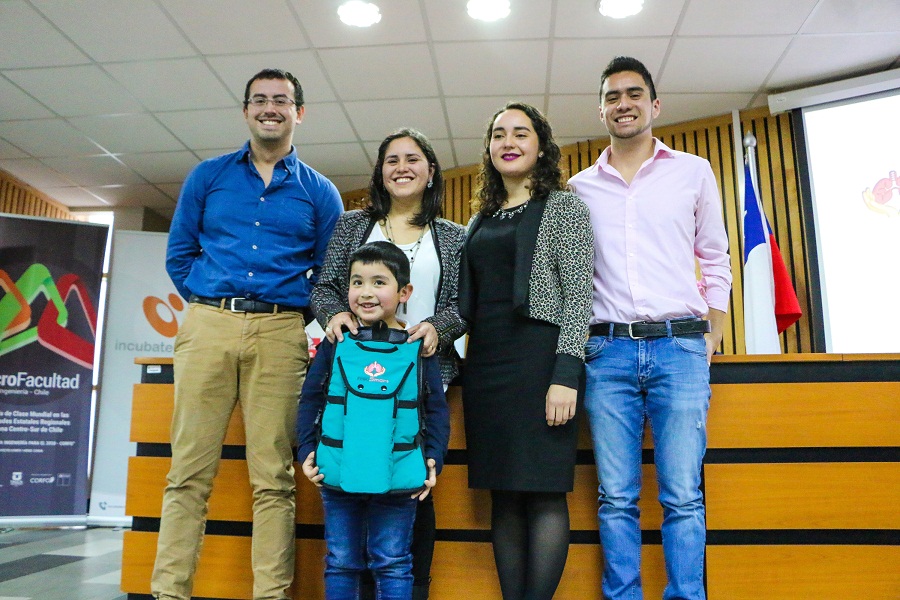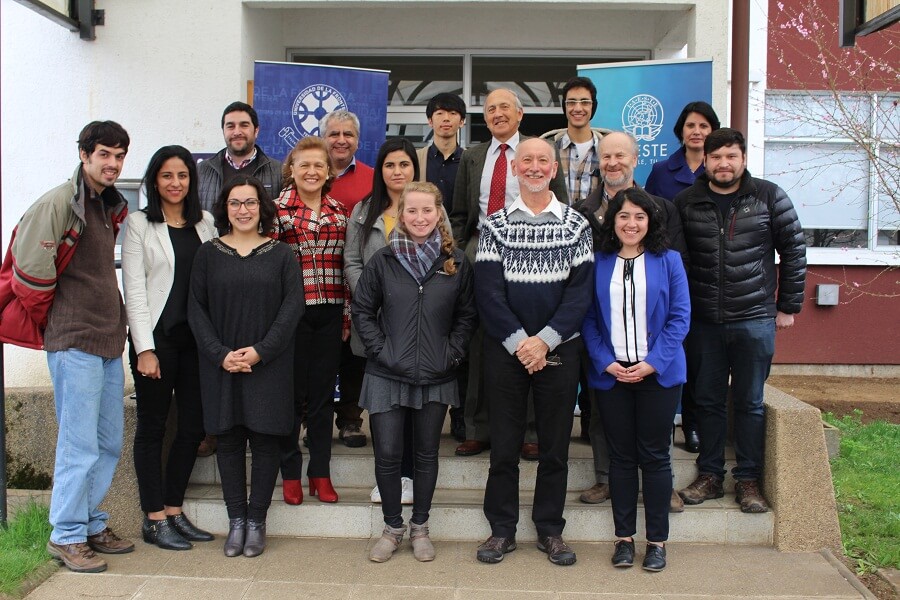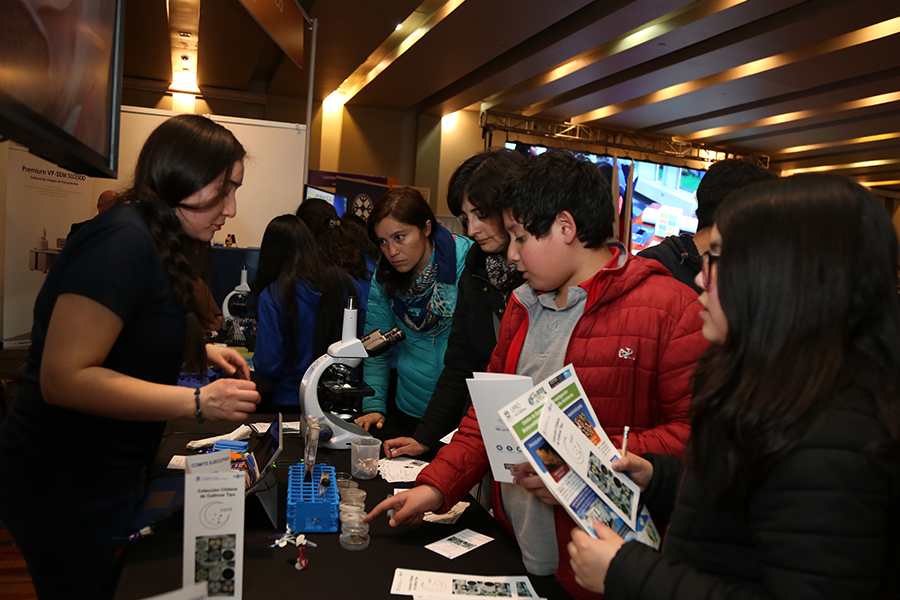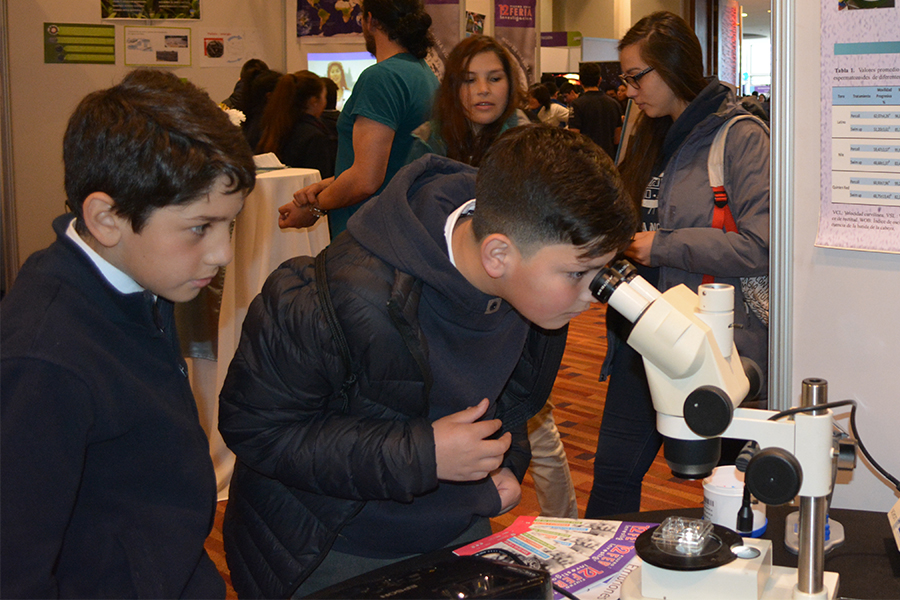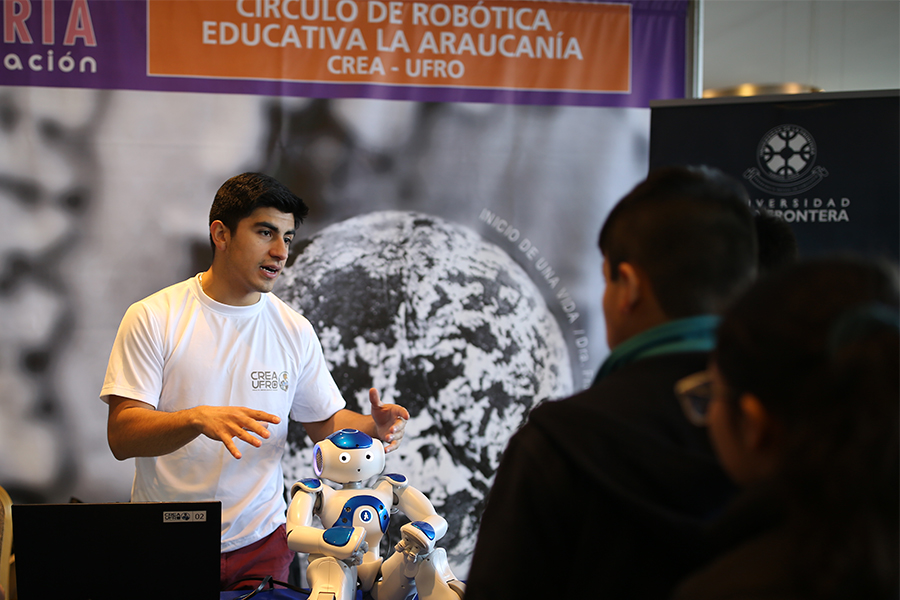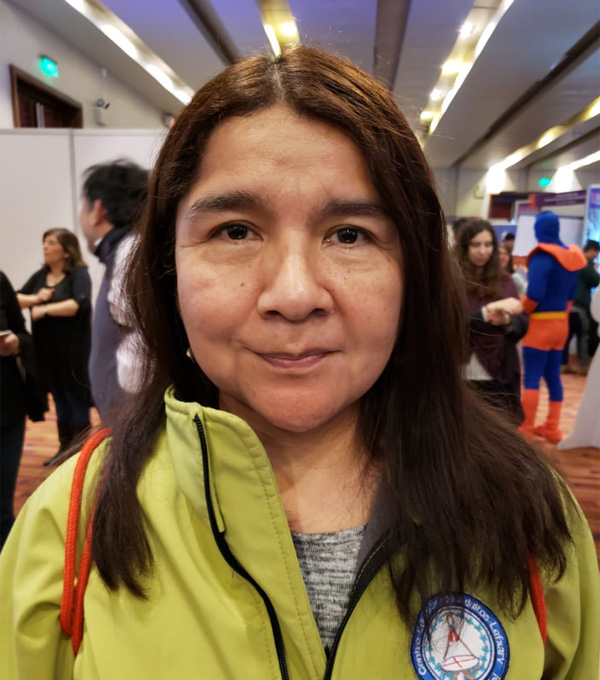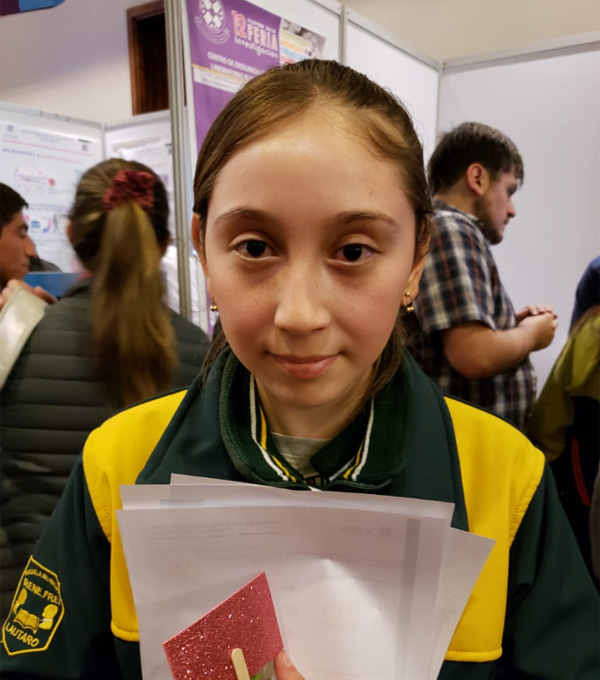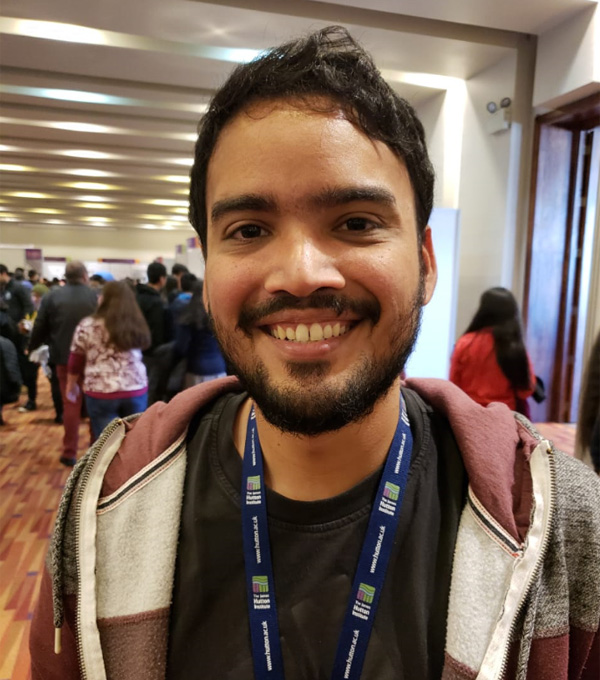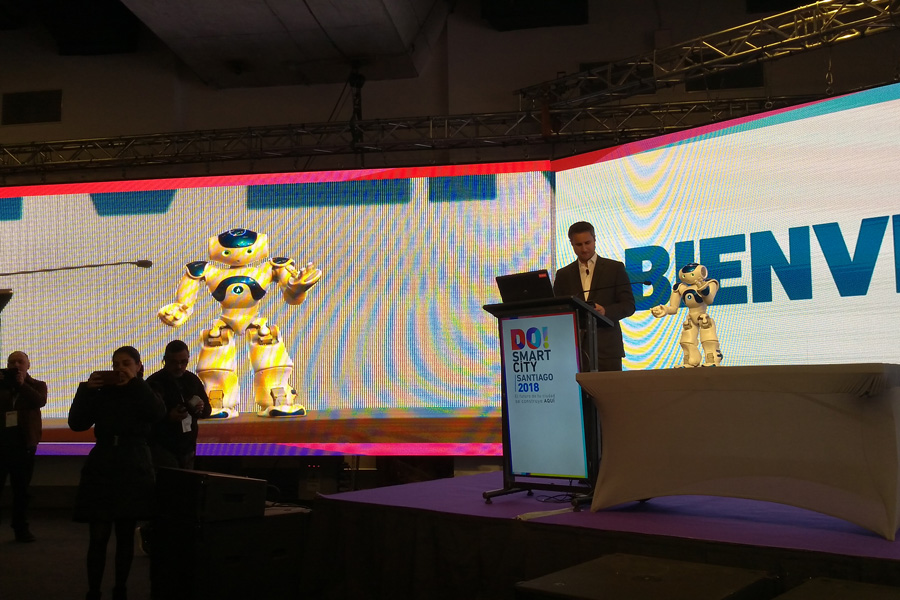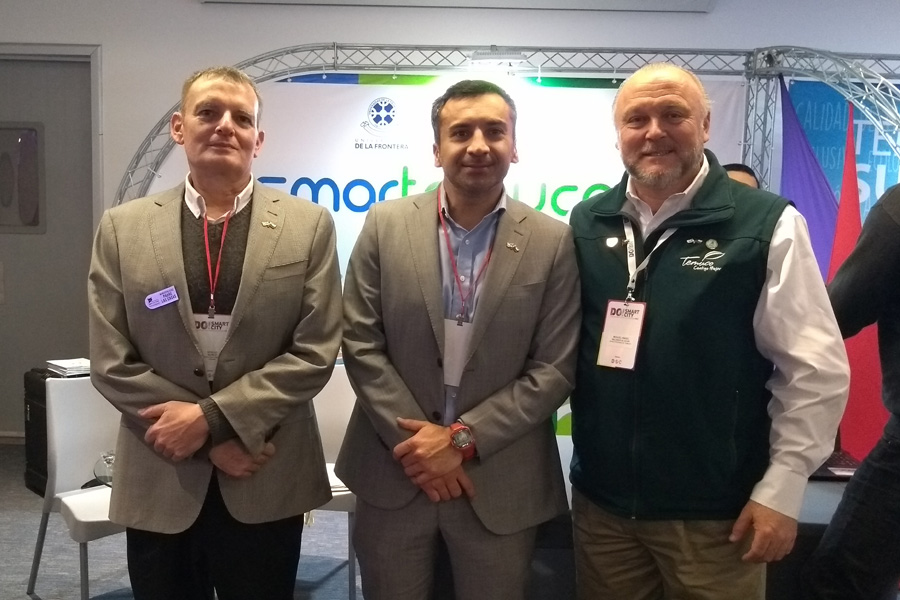|
The project, which is led by students in engineering, business engineering and physiotherapy, aspires to be a creative solution that is easy to use and maintain, eye-catching and of low cost. |
The group of students of the Universidad de La Frontera presented this innovative device that is meant to turn into an alternative or complementary solution for physiotherapy in children with chronic bronchial diseases.  Written by: Mauricio Antivil Written by: Mauricio AntivilMacro Faculty of Engineering |
|
This program gives students the opportunity to get practical work experience abroad and to get to know different contexts within their professional training. |
Since 2016, the Universidad de La Frontera, through the Faculty of Engineering and Science and the Student Mobility Unit of the International Affairs Office, is constantly working on the coordination of practical training experiences abroad for their students, in alliance with Temuco UniverCiudad, an institution that is cooperating with the International Association for Student Exchange for Practical Experience (IAESTE).
 Written by: Daphne Bormann Written by: Daphne BormannFaculty of Engineering and Science |
|
It is excellent news for the Faculty of Dentistry which just joined the Association for Dental Education in Europe (ADEE). In this context, the unit also recently participated in the Annual Meeting of the Association in Oslo, Norway, from August 22nd to 24th. |
For the Faculty of Dentistry of the Universidad de La Frontera it is important to be part of this organization that brings European and non-European university faculties of dentistry, as well as specialized societies and other institutions related to dental education, together.
 Written by: Soledad Millapán Written by: Soledad MillapánFaculty of Dentistry |
|
The Municipality of Temuco and the Universidad de La Frontera participated in the third version of Do! Smart City Santiago, the biggest national meeting in Chile that seeks to promote the development of sustainable and smart cities. |
Given the alliance between the Faculty of Engineering and Science of the Universidad de La Frontera and the Municipality of Temuco, who seek to develop a project during the next three years that allows to transform Temuco, the capital of the Araucanía Region, into the first smart city in Chile, representatives of both institutions were present at this important event, with a joint stand. In this space, the participants were able to get to know the different initiatives for technological innovation which the researchers of this university will be working on in order to implement an open Smart City platform and pilots in the field of transportation, recycling and environmental decontamination, among other fields that are considered key for the development of Temuco and its citizens´ quality of life. The UFRO was represented by authorities and academics, such as Franklin Valdebenito Godoy, the director for Innovation and Technology Transfer, and Janina Hanswillemenke and Mauricio Granzotto, professionals of the MacroFaculty of Engineering. The delegation of the Municipality of Temuco was led by the Mayor, Miguel Becker. “It is important to be part of this initiative. We do not only want that Temuco is going to be present, but also a protagonist in the great changes. Our aim is to become a smart city that encourages its citizens to participate and that, with the help of a network of collaboration, puts people first, prioritizing their well-being and connectivity with public services. Therefore, information and communication technologies play a key role,” Franklin Valdebenito stated. Another special appearance at Do! Smart City Santiago 2018 was made by the NAO robot of the UFRO Department of Electrical Engineering who was in charge of welcoming the participants in his particular way. This version of Do! Smart City Santiago included activities such as networking, a fair for products and services especially designed to give real solutions to urban problems, and a congress that, via forums and panels, brought Chilean and foreign experts together, as well as businessmen and representatives of social and civil organizations, in order to analyze and debate the problems the citizens face in their daily lives around town.
Written by: Daphne Bormann
Faculty of Engineering and Science |






